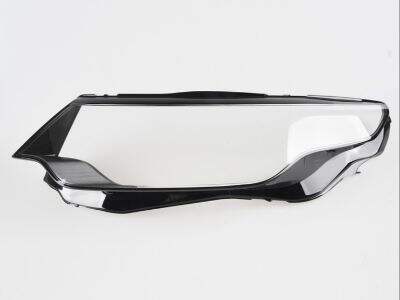One of the pathways for making things out of plastic is something called injection molding. In this process, plastic is melted and injected into a mold to create shapes. But sometimes it’s not so perfect, and there can be flaws. We've seen some of this plenty at Moldie, and we've also discovered some really cool fixes. Let’s look at some of the most common issues and fixes.
Robust measures for limiting flashing on injection moulded parts
Occasionally, small extra pieces of plastic, or flash, jut out from the finished product. It occurs due a loose mold that doesn’t clamp tightly. To prevent this, it’s critical to ensure that the mold is a perfect fit. Also, controlling the pressure the plastic is injected with helps a lot. At Moldie, we cross-examine our injection molding and machine settings until everything is perfect.
How to Fix Distorted Shapes on Moldings?
If a part emerges bent or twisted, it could be cooling unevenly. To remedy this, we ensure that the plastic cools at a consistent rate everywhere by changing how we cool the mold. Or occasionally, changing to a different type of planing material can also pay a dividend because the warping characteristics between several of the plastics we tested vary widely one from another.
How to Solve Injection Molded Parts Warping and Deformation?
Small dips or depressions, called sink marks, may form if the part cools and shrinks on the inside faster than at the surface. To fix that, we increase the cooling time so we get even cooling throughout the entire part. Occasionally, adjusting the pressure and the speed of the plastic injection can also minimize these marks.
How to Prevent Moldings From Discoloring?
Discolouration can come if the plastic is overheated or if two different batches of plastic are combined. We’re all concerned with the temperature and it’s not too white hot. And by using plastic from the same batch, the colour will also remain consistent. At Moldie, we check every batch of plastic for color with extreme accuracy.
Tested Techniques to Eliminate Air Traps in Injection Molding
Such air, if trapped in the mold, forms unattractive bubbles or weak spots in the final product. To prevent this from happening we design a mould that has a good venting. In some cases, controlling speed of the injection part is needed to ensure that molten plastic enters the mold, not trapping air. By focusing on those details, we make stronger and prettier parts.
 EN
EN
 AR
AR
 BG
BG
 HR
HR
 CS
CS
 DA
DA
 NL
NL
 FI
FI
 FR
FR
 DE
DE
 EL
EL
 HI
HI
 IT
IT
 JA
JA
 KO
KO
 NO
NO
 PL
PL
 PT
PT
 RO
RO
 RU
RU
 ES
ES
 SV
SV
 LV
LV
 SR
SR
 SK
SK
 SL
SL
 UK
UK
 HU
HU
 TR
TR
 FA
FA
 MS
MS
 GA
GA
 CY
CY
 IS
IS
 HY
HY
 AZ
AZ
 KA
KA
 BS
BS
 LA
LA
 KY
KY




